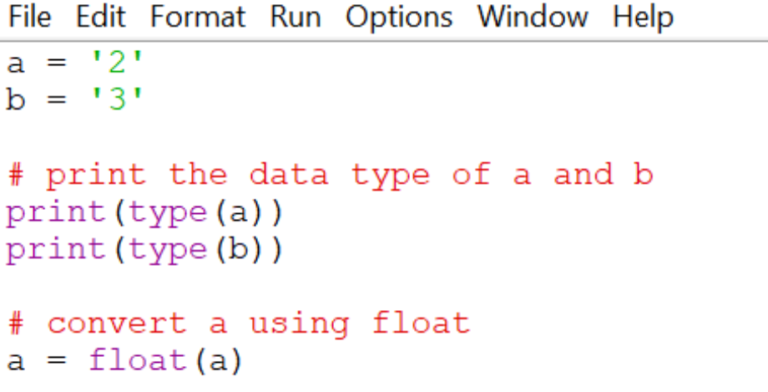

Sign = -1 if number > a = convert('632.6442', 10, 2) a # Loss of info. int(string, base) function converts given string into decimal number, here base is optional where you can give any number, some examples are. Symbols = string.digits + string.uppercaseĭef _int_from_base(number, original_base): If you have a decimal integer represented as a string and you want to convert the Python string to an int, then you just pass the string to int (), which returns a decimal integer: >. Here is what the syntax looks like: int (stringvalue) So we pass the string to be converted as an argument in the int () function. We can convert a string to integer using int() function as follows. In Python, we can use the built in int () function to convert strings to integers. Any optimization tips are welcome as well. Can you solve this real interview question Convert to Base -2 - Given an integer n, return a binary string representing its representation in base -2. The string which has to be converted to integer is passed to the int() function as input argument and the function returns the corresponding integer value if the string passed as input is in proper format and no error occurs during conversion of the string to integer. I know there are other ways to implement the conversions (such as doing subtractions instead of divisions), but isn't there a more simple way to do the whole process? I feel like I'm missing something. The int() function takes two arguments: the first is the hex string, and the.


Usually, python returns value as base 10. You can use the int() function in Python to convert a hex string to an integer. I needed to write a small program to convert floats from any base to any other base. We can also convert the string into an integer with different base values.


 0 kommentar(er)
0 kommentar(er)
